POPULATION
3,040,800
CURRENCY
Uzbekistan Sum
TIME ZONE
GMT +5:00
LANGUAGE
UZBEK
WEATHER
JULY 27ºC /
JANUARY 2ºC
AIRPORT
Islam Karimov Tashkent International Airport
HISTORICAL IMPORTANCE OF TASHKENT
Tashkent holds significant historical importance as one of Central Asia's oldest and most culturally rich cities. Throughout its history, Tashkent has served as a pivotal hub along the Silk Road, facilitating trade and cultural exchange between East and West. Over the centuries, it has been influenced by various civilizations, including Persian, Turkic, and Russian, each leaving their mark on the city's architecture, traditions, and cultural heritage. Tashkent has also witnessed pivotal moments in history, such as being a center of Islamic scholarship and culture during the medieval period and later becoming a key administrative and cultural center under Russian and Soviet rule. Today, Tashkent remains a vibrant metropolis blending its ancient roots with modern development, attracting visitors and scholars alike to explore its rich historical tapestry and diverse cultural heritage.
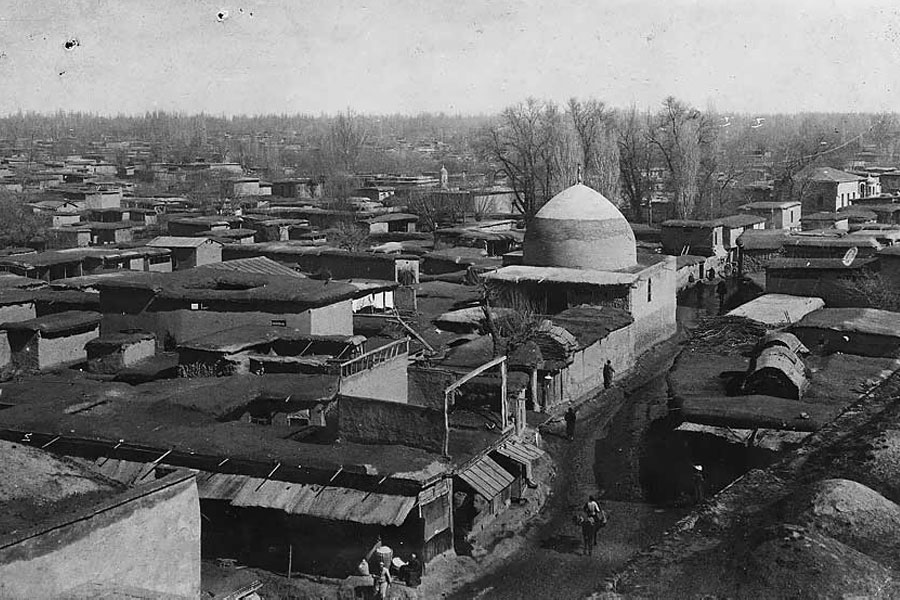
GREEN CITY
Tashkent is increasingly striving to become a greener city through various initiatives aimed at environmental sustainability and urban development. The city boasts numerous parks and green spaces, such as the National Park of Uzbekistan and the Alisher Navoi National Park, providing residents and visitors with recreational areas and promoting biodiversity. Efforts to enhance green infrastructure include tree planting campaigns and landscaping projects, contributing to improved air quality and urban aesthetics. Tashkent's commitment to sustainability is further evidenced by initiatives promoting energy efficiency and waste management practices. These steps align with global trends towards urban greening, making Tashkent not only a cultural and economic hub but also a city committed to environmental stewardship and quality of life for its residents.
WHEN IS THE BEST TIME TO VISIT TASHKENT
Toshkentga borish uchun eng yaxshi vaqt odatda bahor (martdan maygacha) va kuz (sentabrdan noyabrgacha) davridir. Bu davrda ob-havo yoqimli va mo‘tadil bo‘lib, harorat 15-25°C atrofida bo‘ladi, bu esa tashrif buyuruvchilarga shaharni qulay sharoitda o‘rganishga imkon beradi. Yozda (iyun-avgust) havo juda issiq va quruq bo‘ladi, harorat 30°C dan yuqori bo‘lishi mumkin, bu esa ba’zi odamlar uchun noqulay bo‘lishi mumkin. Qish (dekabr-fevral) esa sovuq va kamdan-kam yog‘ingarchilik bilan kuzatiladi, lekin haroratning pastligi ba’zan -5°C ga yetishi mumkin. Bahor va kuzda Toshkentning go‘zal bog‘lari va yashil maydonlari va shahar tadbirlari va festivalaridan bahramand bo‘lish mumkin.
TRANSPORTATION TO TASHKENT
Tashkent, as the capital city of Uzbekistan, is well-connected by various means of transportation. The city is served by Islam Karimov Tashkent International Airport (TAS), which operates international and domestic flights, making it the primary gateway for air travel. For those arriving by train, Tashkent has several railway stations, including Tashkent Central Station, offering connections to major cities within Uzbekistan and neighboring countries like Kazakhstan, Russia, and Turkmenistan. Within the city, transportation options include an extensive network of buses, trolleys, and taxis, providing convenient access to different parts of Tashkent. Additionally, car rentals and ride-sharing services are available for visitors who prefer more flexible travel arrangements.
SILK ROAD
The Silk Road of Uzbekistan was a crucial segment of the ancient trade route that connected East and West, facilitating the exchange of goods, culture, and ideas across Asia. This historic corridor traverses several of Uzbekistan’s most significant cities, including Samarkand, Bukhara, and Tashkent, each playing a vital role in the prosperity and cultural development of the Silk Road. Samarkand, with its majestic Registan Square and astronomical observatory, and Bukhara, known for its well-preserved architectural wonders and vibrant marketplaces, were pivotal hubs for traders and scholars. These cities flourished as centers of commerce and learning, where merchants from China, India, Persia, and Europe converged. The Silk Road's legacy continues to be a rich part of Uzbekistan's heritage, with its ancient routes and landmarks offering a window into a vibrant past that shaped the region's history and cultural landscape.
THINGS TO DO AND PLACES TO VISIT
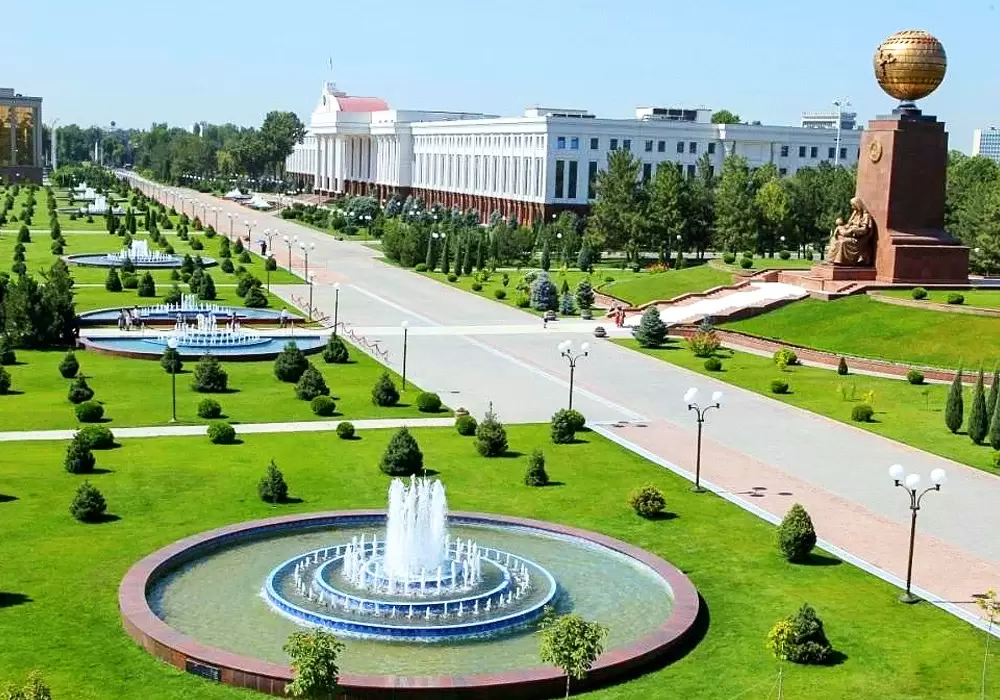
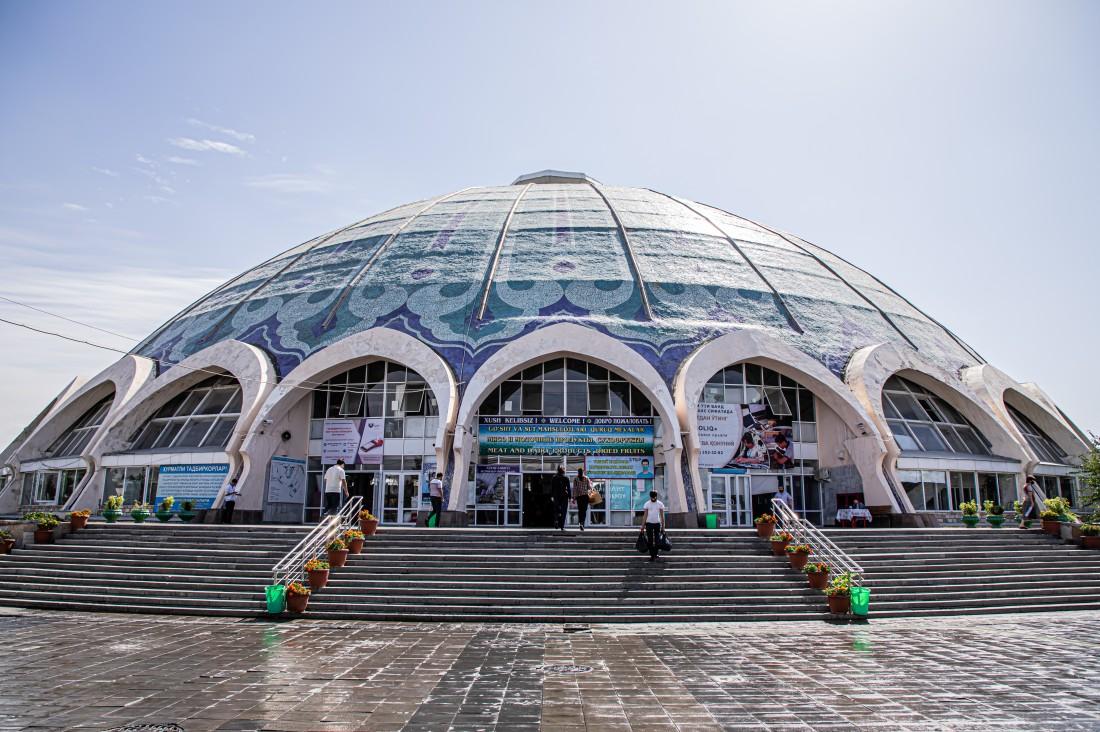

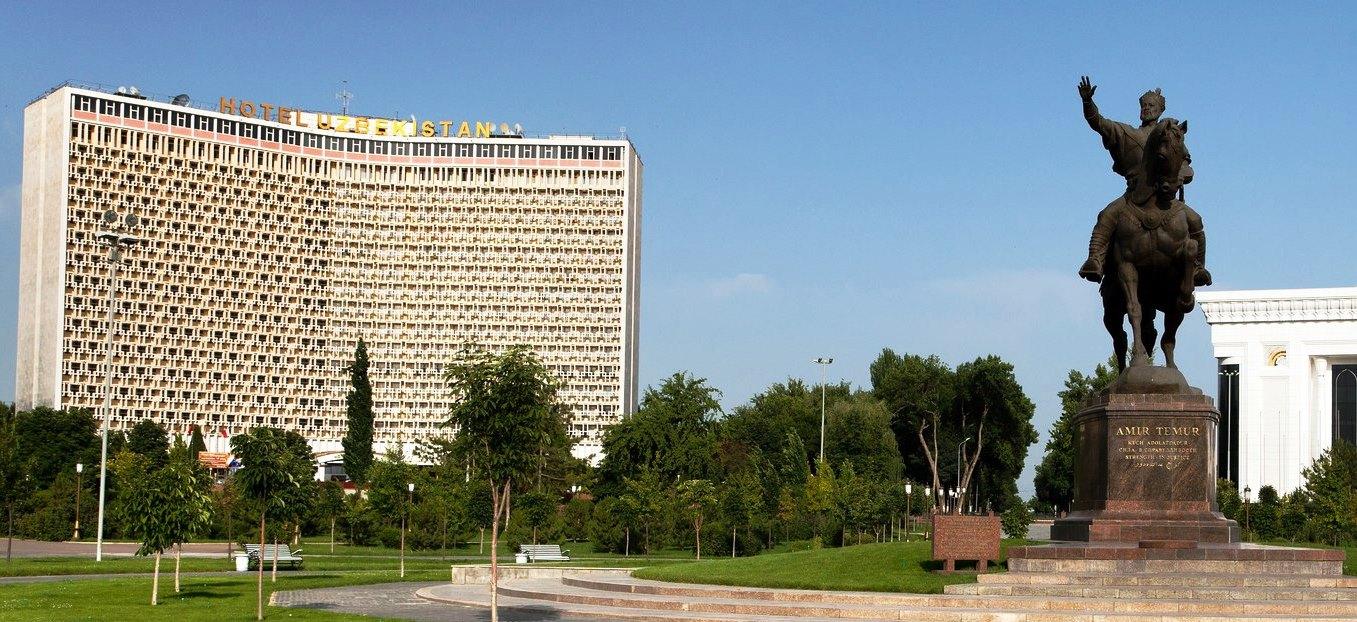
WHAT TO EAT IN TASHKENT
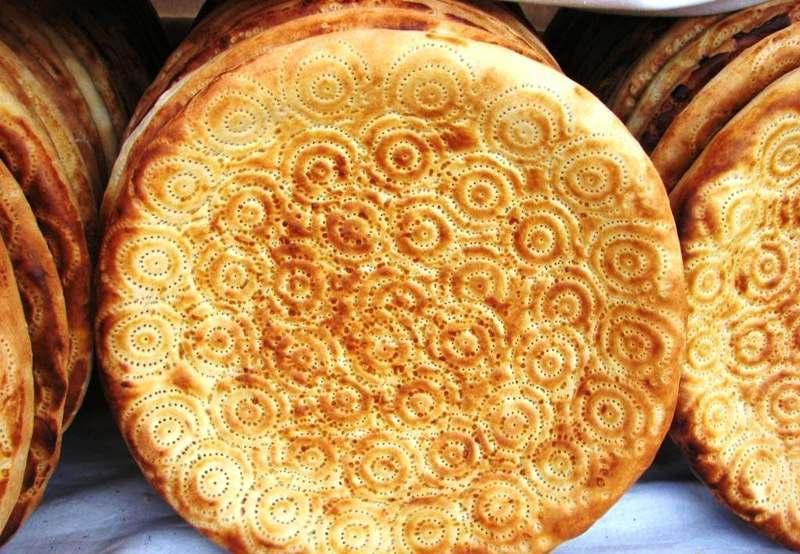
NON
Non, also known as "naan" in some regions, is a staple bread in Uzbek cuisine and Central Asian culture. It is traditionally baked in a tandoor, a cylindrical clay oven, which gives it a distinct flavor and texture. Non is typically round and flat, with a crusty exterior and a soft, fluffy interior. The preparation of non varies across regions, with different shapes and sizes depending on local traditions and preferences. It serves as an essential accompaniment to meals, complementing dishes like plov (pilaf), shashlik (grilled meat skewers), and soups. Non also holds cultural significance, often used in rituals and celebrations, symbolizing hospitality and community. Its popularity extends beyond Uzbekistan, being a beloved bread throughout Central Asia and parts of the Middle East, enjoyed fresh and warm from the oven.

SAMSA
Samsa is a popular savory pastry enjoyed throughout Central Asia, including Uzbekistan. It consists of a flaky, buttery pastry dough filled with minced meat, typically lamb or beef, along with onions, spices like cumin and sometimes peppers. The filling is seasoned generously and enclosed in a triangular or square shape, then baked in a tandoor oven or sometimes in regular ovens until golden brown and crispy. Samsa is often enjoyed as a snack or appetizer, and it pairs well with tea or ayran (a yogurt-based drink). It's a versatile dish found in street food stalls, local bakeries, and traditional restaurants across Uzbekistan, appreciated for its hearty flavors and satisfying texture.

LAGMAN
Lagman is a popular noodle soup dish enjoyed in Uzbekistan and throughout Central Asia. It features hand-pulled noodles, known as lagman noodles, which are thick and chewy, similar to spaghetti but wider. The soup is typically prepared with a flavorful broth made from meat (often beef or lamb), mixed with a variety of vegetables such as bell peppers, carrots, onions, and tomatoes. The dish is seasoned with spices like cumin, chili peppers, and garlic, giving it a distinctive aroma and taste. Sometimes, lagman can also include chunks of meat or minced meatballs for added protein. It's a hearty and comforting dish, often served hot and garnished with fresh herbs like cilantro or parsley. Lagman is enjoyed year-round and is a favorite choice during colder months in Uzbekistan, offering a satisfying and wholesome meal.

CHAKKA
Chakka, also known as "chaka" or "chek", is a traditional dairy product widely consumed in Uzbekistan and other Central Asian countries. It is made by fermenting milk and separating the curds from the whey. The resulting curds are then dried and shaped into small balls, which are typically stored for preservation. Chakka has a tangy and slightly salty flavor, with a crumbly texture similar to cheese. It is often enjoyed as a snack or added to dishes for extra flavor and texture. In Uzbek cuisine, chakka is used in various ways, such as in soups, salads, or simply eaten on its own. It is valued not only for its taste but also for its nutritional benefits, being rich in protein and probiotics. Chakka reflects the region's nomadic heritage, where dairy products play a significant role in the diet and culinary traditions.
HOW MANY DAYS YOU SHOULD SPEND IN TASHKENT?
The ideal number of days to spend in Tashkent can vary depending on your interests and travel itinerary. For a comprehensive exploration of the city's main attractions, cultural sites, and culinary delights, a stay of around 2 to 3 days is generally sufficient. This allows time to visit landmarks like Independence Square, the Chorsu Bazaar, and museums such as the State Museum of History of Uzbekistan. It also provides an opportunity to experience local cuisine, enjoy leisurely walks in parks, and immerse yourself in the vibrant atmosphere of Tashkent. However, if you wish to delve deeper into specific interests or explore nearby regions like Samarkand or Bukhara, consider extending your stay to a week or more to fully appreciate the historical and cultural richness of Uzbekistan.
